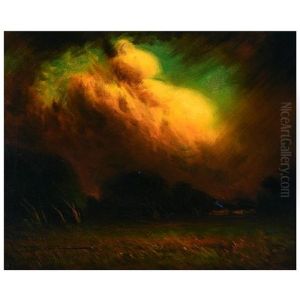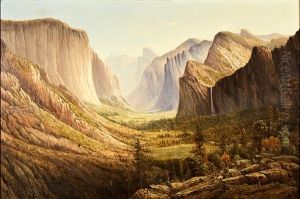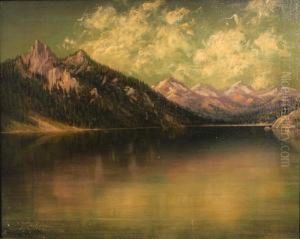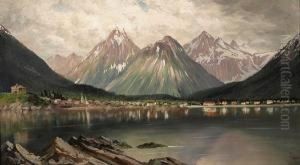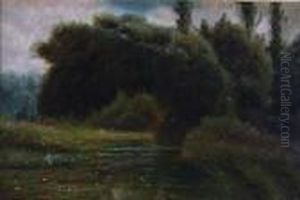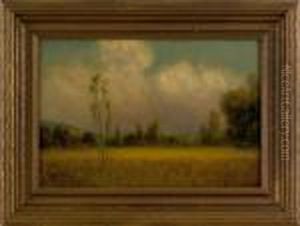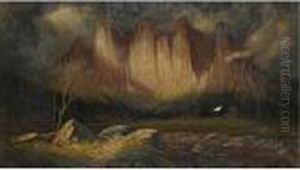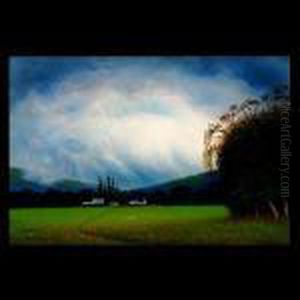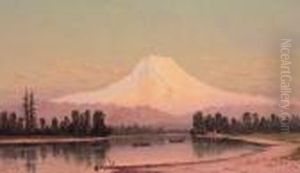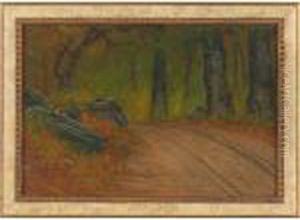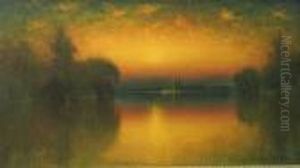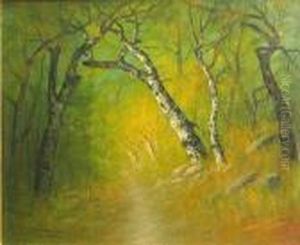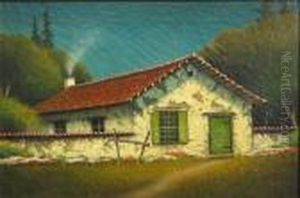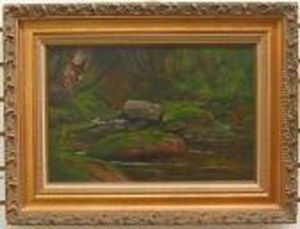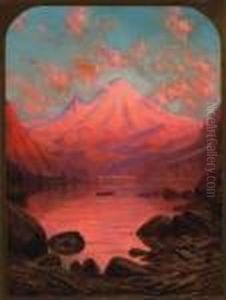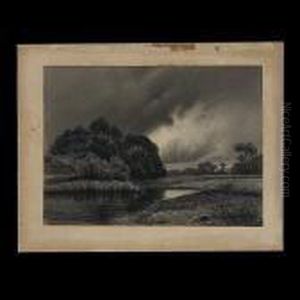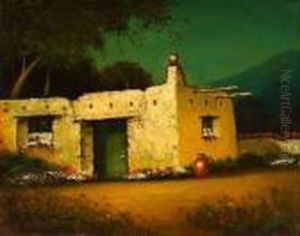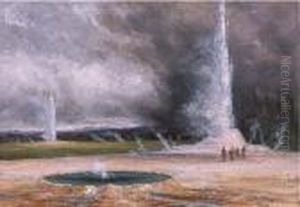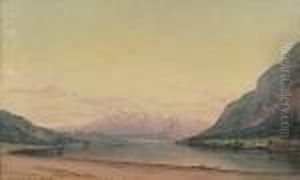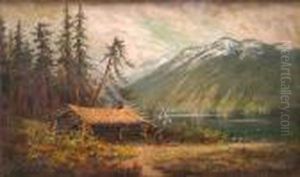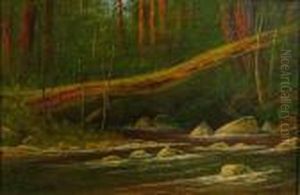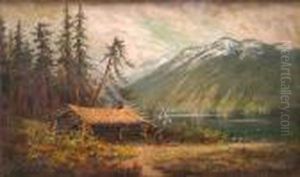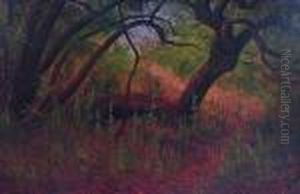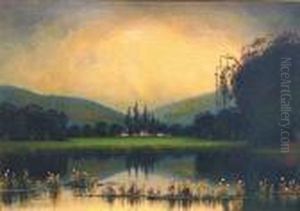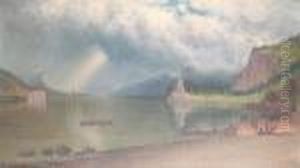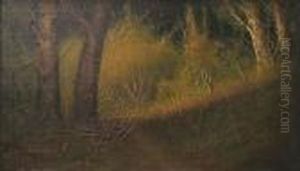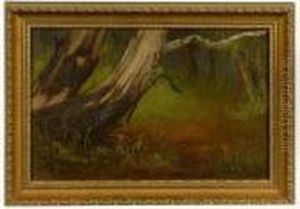James Everett Stuart Paintings
James Everett Stuart was an American artist, best known for his landscapes of the American West. Born on March 9, 1852, in Bangor, Maine, Stuart moved with his family to California during his childhood, which profoundly influenced his future work. Growing up during the period of the Gold Rush, he was surrounded by the expansive and dramatic landscapes that would later become the subject of his art.
Stuart was primarily self-taught, although he did receive some formal training at the San Francisco School of Design. His early work was characterized by detailed and realistic portrayals of the western landscape, capturing the rugged beauty of areas such as Yosemite, the Grand Canyon, and the Rocky Mountains.
Throughout his career, Stuart traveled extensively, painting the landscapes of the western United States, including Alaska. His journeys allowed him to witness and document the untouched wilderness, which was rapidly changing due to settlement and industrialization. He became known for his ability to capture the light and atmosphere of these regions, often working en plein air before returning to his studio to complete his paintings.
Stuart's work gained recognition during his lifetime, and he exhibited at various venues, including the World's Columbian Exposition in Chicago in 1893. Despite his success, he never achieved the same level of fame as some of his contemporaries, such as Albert Bierstadt or Thomas Moran, but he maintained a dedicated following.
He was a prolific artist, producing an estimated 5,000 works over his career. Stuart's paintings are now considered important records of the American West during a time of significant change. His dedication to capturing the beauty and grandeur of the American landscape has earned him a lasting place in the history of American art.
James Everett Stuart continued to paint until his death on February 28, 1941, in San Francisco, California. His legacy lives on through his art, which can be found in various museums, galleries, and private collections, providing a window into the Western frontier that he so loved and preserved through his paintings.
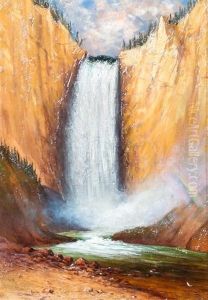
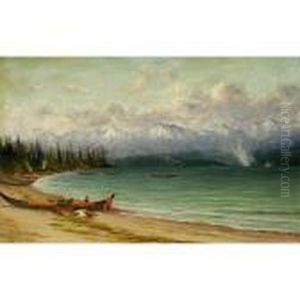
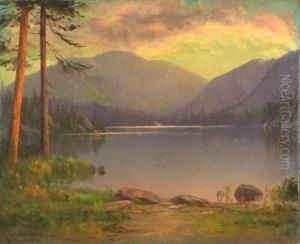
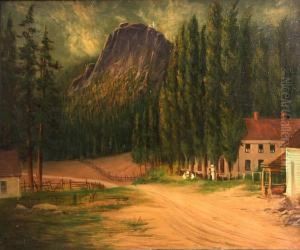
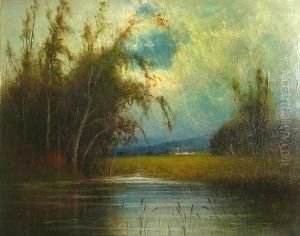
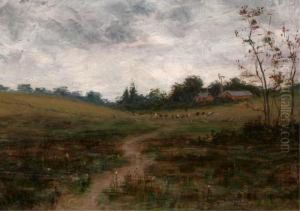
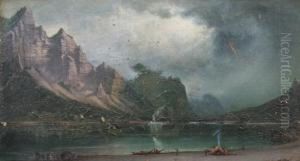
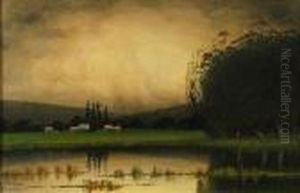
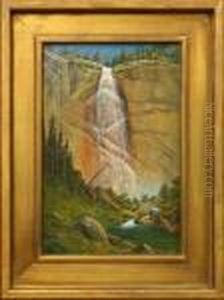
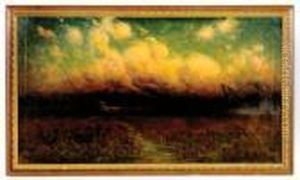
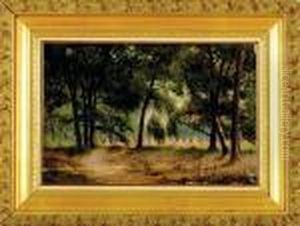
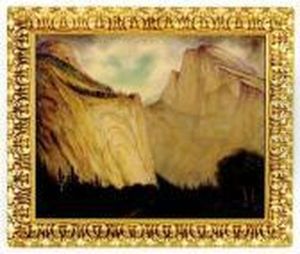
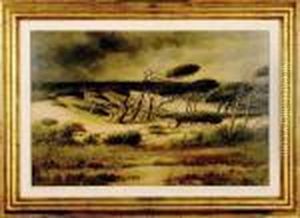
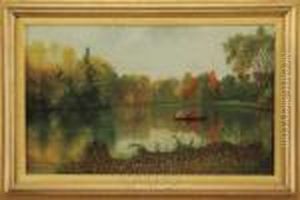
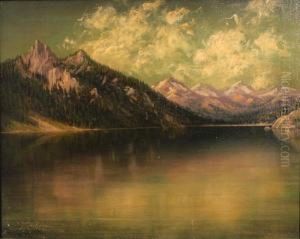
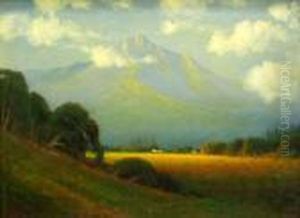

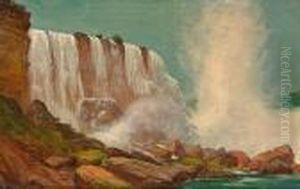
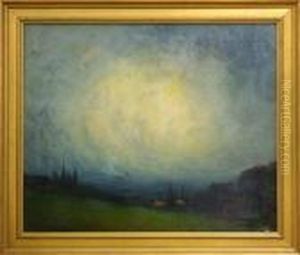
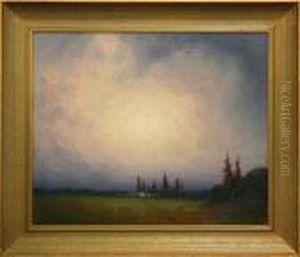
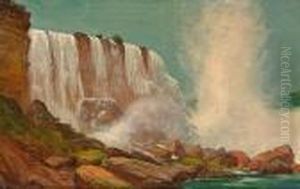
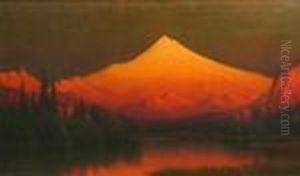
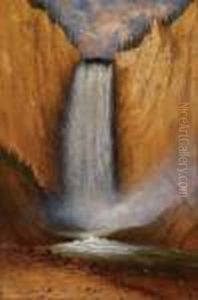
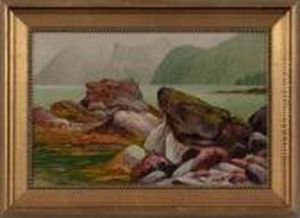
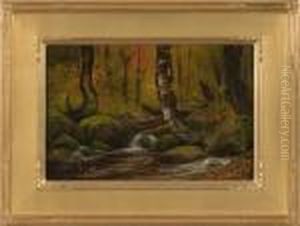
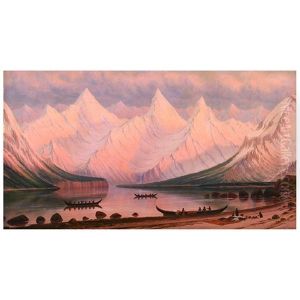
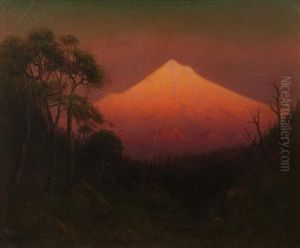
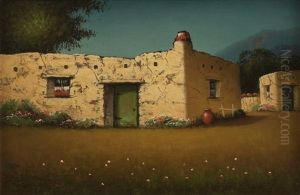
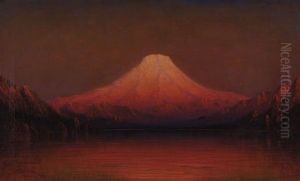
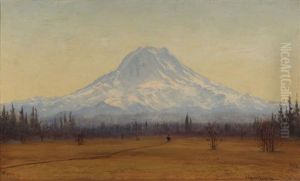
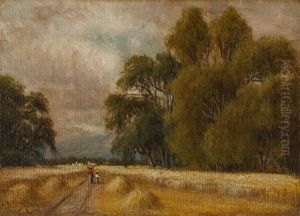
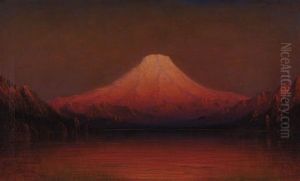
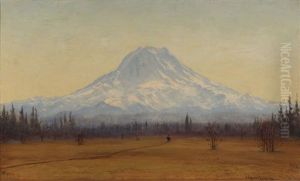
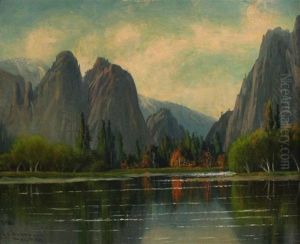
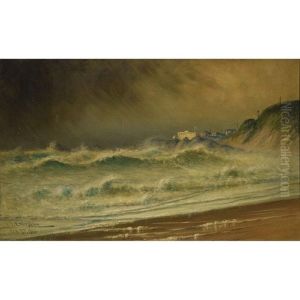
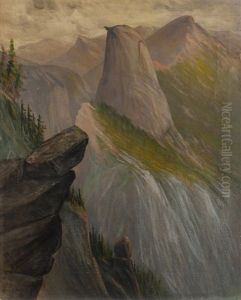
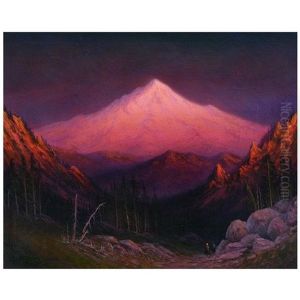
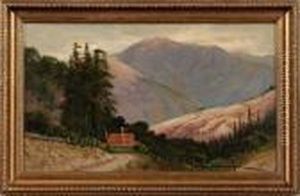
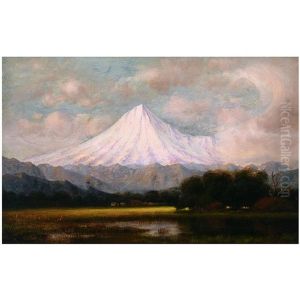
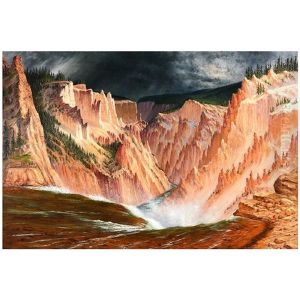
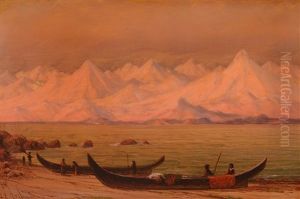
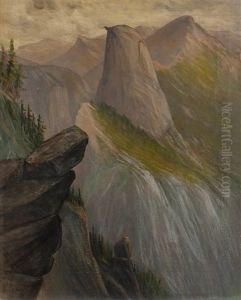
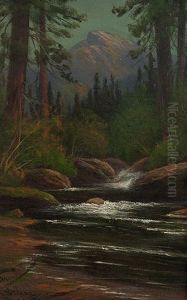
![The Cascade On Lealand Creek At Cow Creek, Tuolnmne [sic] Co. California, June 17, 1918, Fallen Log Across A Stream](https://www.niceartgallery.com/imgs/4359392/s/james-everett-stuart-the-cascade-on-lealand-creek-at-cow-creek-tuolnmne-sic-co-california-june-17-1918-fallen-log-across-a-stream-7b43c1e8.jpg)
